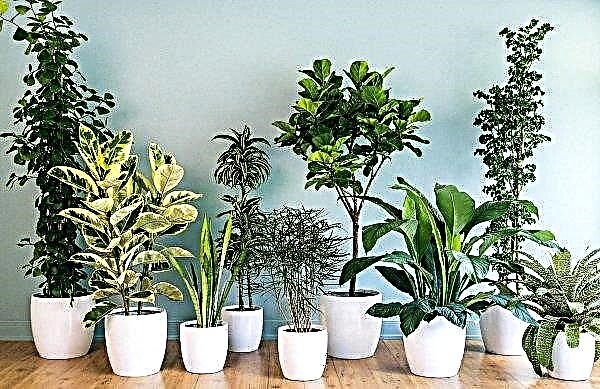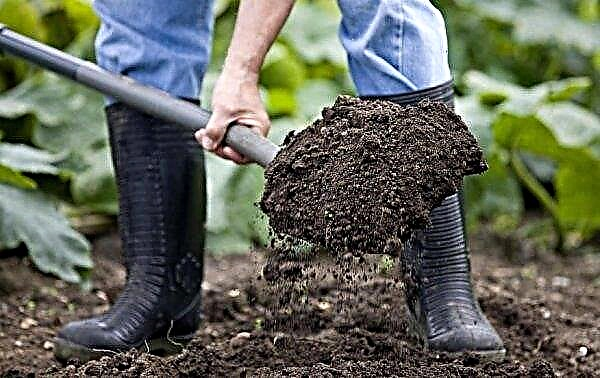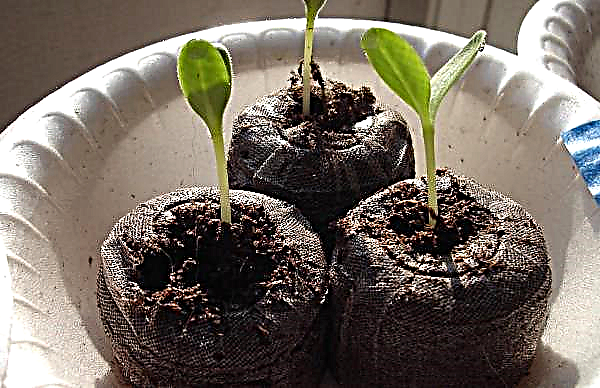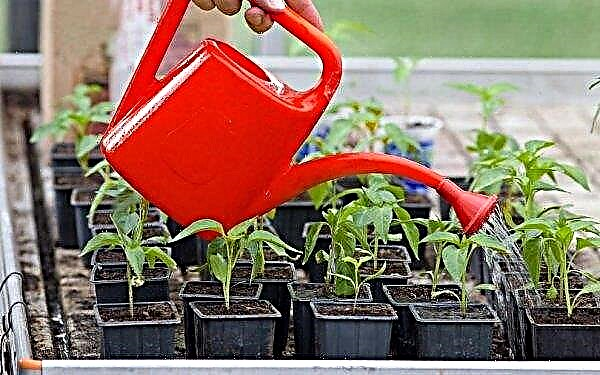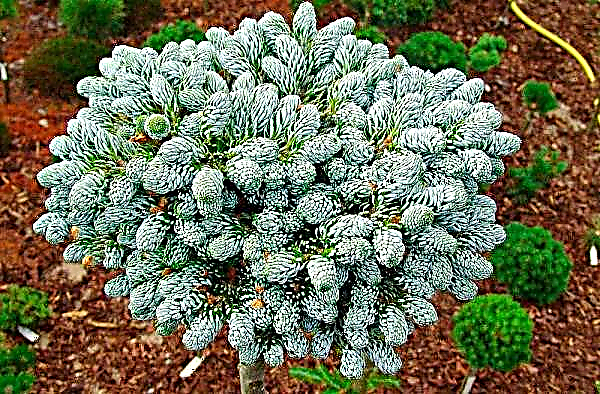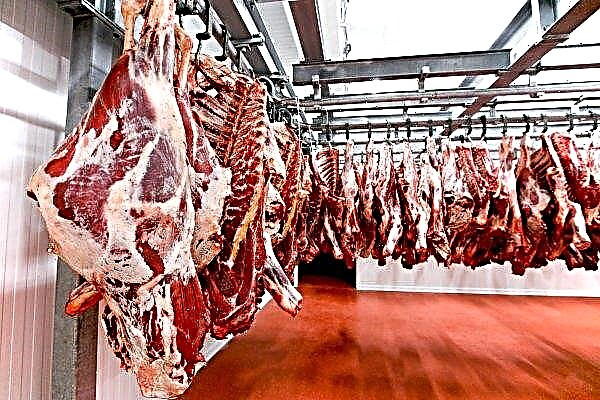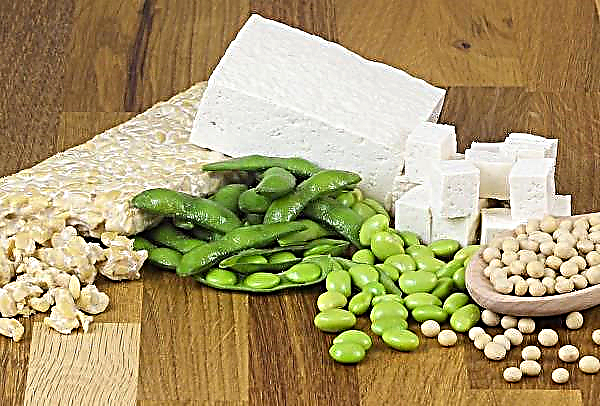Kalanchoe is a popular houseplant that attracts attention with long and lush flowering. Despite its unpretentiousness, Kalanchoe may not bloom for a long time, lose its attractive appearance and stretch out. What is the reason for this condition and how to solve the problem, we will consider in this article.
How is the flowering period of Kalanchoe
Kalanchoe is a succulent plant that blooms in late winter - early spring. There are many varieties of Kalanchoe Blossfeld (growth 30–45 cm) and Kalandiva (growth 15–20 cm) with flowers of various colors and shapes, which are always collected in dense inflorescences.
The flowering period can be from several weeks to two months, depending on varietal characteristics and growing conditions. It can be shifted using artificial limitation of illumination.
Why Kalanchoe does not bloom at home
The main reason is errors in the conditions of maintenance and care, which can then also become the cause of the death of the bush. A plant from a tropical climate is demanding for temperature and lighting, so it is necessary to constantly monitor environmental conditions at its location.
Did you know? Some species of Kalanchoe form daughter seedlings on the leaves, for which they were called in the Chinese language “that which falls and grows” (Chinese Kalan Chauhuy). From the French transcription of this phrase the word "Kalanchoe" came about.
Incorrect conditions
- Basic content errors are:
- wrong soil. For succulents, neutral and slightly acid soil mixtures are suitable, which are best purchased at a specialized store. A self-made recipe includes four parts of turfy land, two parts of leafy land and one part of sand and peat. Land must be pre-disinfected;
- lack of lighting. Kalanchoe requires constant illumination without direct sun. In shaded places, the bush grows upward, and the shoots stretch excessively, the leaves thin and grow smaller. Perhaps additional illumination in the winter;
- temperature condition. For the winter period, it is necessary to provide a temperature of +12 to +16 ° C. If the temperature in the house with heating reaches +25 ° C, it is better to rearrange the plant in a cool place (a glazed balcony or a loggia).
Watering errors
Succulent plants are accustomed to limited watering, so you should not often "flood" Kalanchoe. In winter, it will be enough to water the flower once every 10-14 days, and in summer - as the soil dries. Excess water after irrigation must be drained to avoid root decay and the appearance of fungi. Spraying can be carried out on especially hot days, also from time to time the foliage is wiped from dust.
Lack or excess of fertilizing
Before sale, the plant is planted in fertilized soil, which is enough for the first flowering. Then you need to transplant the flower into a new earth and feed it once a month with special complex mixtures for flowering indoor plants. In the winter, feeding is stopped. An overabundance of nutrients is harmful to the plant and can also cause flowering problems.
Important! For feeding use ½ the recommended dose specified by the fertilizer manufacturer.
Lack of rest period
The beginning of flowering in vivo is preceded by a dormant period, which is characterized by:
- reducing daylight hours to 8–9 hours;
- lowering the temperature to + 12 ... + 16 ° C;
- reduced frequency of watering.

What to do and how to make Kalanchoe blossom
Providing the plant with the correct soil mixture and fertilizing during spring and summer, from mid-autumn it is necessary to lower the temperature, stop fertilizing and limit watering. To change the timing of flowering and get a beautiful bush for the New Year or Christmas, you need to reduce the daylight hours from August. For summer flowering, this moment occurs a month before the desired date.
To change the length of daylight hours, the plant is completely covered from lighting for 15-16 hours a day. A pot with a plant can be covered with a box or black dense bag. Once a week, the bush can be sprayed with the stimulating preparation “Bud” or “Ovary.” When the buds appear after 3-4 weeks, Kalanchoe is transferred to the normal light mode.
Important! For maximum decorative flowering, it is recommended to maintain shoot height of up to 8 cm.
Preventative measures
The reason for the lack of flowering can also be diseases and pests. A healthy bush is rarely affected by diseases, therefore, the main means of prevention is compliance with the above conditions of detention and care. The main cause of infection with powdery mildew, mold and spider mites is excessive watering and high humidity.
Care after flowering
After each flowering, the plant needs the correct pruning. When the flowers become brown, the peduncle should be cut as low as possible. Other damaged shoots and leaves are also removed. Pinch new shoots after the appearance of the third pair of leaves, which allows you to form a lush compact bush, ready for flowering.
The flowering Kalanchoe bush is a sign of proper care of the plant throughout the growing season. Observing the basic principles of maintenance, you can get lush flowering at the desired time.


